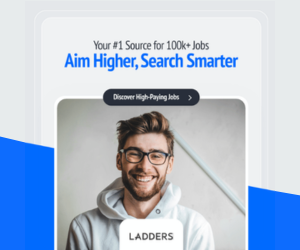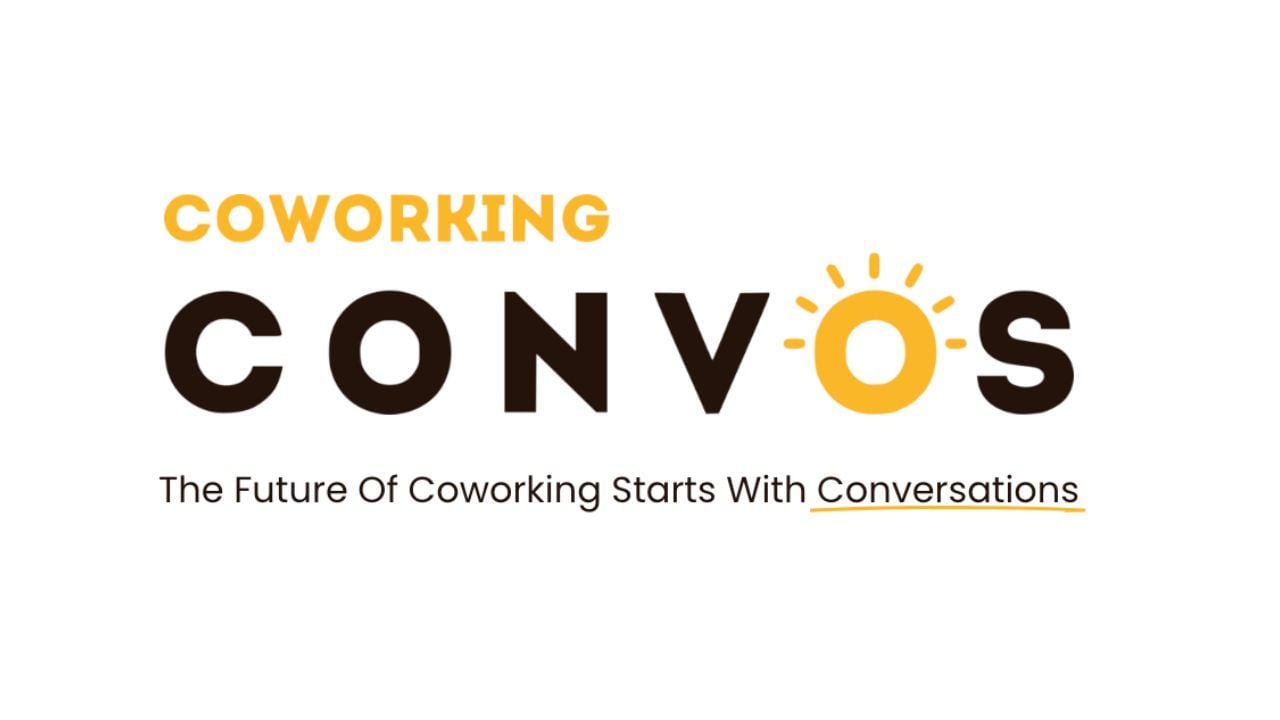- When designed well, amenities are an integral part of workplace infrastructure that enrich and support both physical and mental health.
- Designing with a focus on both employee personalization and integration within the broader community can help businesses focus their resources on successfully designing experiences, spaces, and services that ultimately have a greater impact on employee satisfaction.
- Looking outwards allows designers and planners to better identify key priorities, allowing resources to be more efficiently spent.
This article was originally written by Mariana Giraldo of Perkins&Will’s for Work Design Magazine.
In the world of commercial real estate, the word “amenity” has become ubiquitous, a catch-all term used to define anything that isn’t strictly a desk or a functional space. Conversations around office and workplace amenities typically start with a list of programs such as on-site baristas, fitness centers, and ping-pong tables, among many others. While some of these may be vital and others sporadically useful to employees, the impact and relevance of such traditionally-defined amenities is often unclear.
As a result of the Covid-19 pandemic, questions about what other “features” will make employees come back to the office‚ or what perks will entice tenants to choose a specific building or a neighborhood over another, have become commonplace. But a “cool feature” is no magic wand; simply offering more services and programs isn’t likely to be the answer that employers desire.
By definition, an amenity is something that “helps provide comfort, convenience, and enjoyment.” When designed well, amenities are an integral part of workplace infrastructure that enrich and support both physical and mental health. They are a way to strengthen the social fabric that exists within the workplace, while simultaneously providing a necessary relief valve so that one’s mind can be focused on the tasks at hand.
One prototypical office model of the past 15 years—the sprawling tech campus—has been fitted with endless “amenity” spaces and services. But when a workplace aims to fulfill the entire spectrum of an employee’s needs and wants within a single location, it risks becoming insular and uninspiring. It can implicitly encourage employees to remain inside its walls, siphoning dollars from local businesses and severing connections to the wider community in the process.
This is a narrow view of how employers can facilitate meaningful and relevant employee experiences, while building trust and supporting their neighboring communities. Instead, the local community should be recognized as an important amenity. Provided that a workplace is well located (a topic worthy of its own article), the community at large provides unmatched opportunities for staff to relieve stress, to create new connections, and to spark new ideas.
In other words, a vibrant community provides the cultural and social context that the contemporary office has long attempted to fill by proxy; it’s flush with the very opportunities for comfort, convenience, and enjoyment that workplace amenities are intended to provide.
Balancing Personalization and Community
As a result, designing the offices and commercial workspaces of the future requires carefully balancing two scales: the personal and the community.
Understandably, many employees dream of stepping into an office and being greeted by a barista that knows their name, the type of milk they drink, and at what time their coffee should be ready. In a world where personalization is an everyday expectation—from the music we listen to, to the movies we watch—it’s no wonder that organizations are considering how they can also provide this level of customization across their employee services. But how do you create these “magical” moments of customization in the office, while also encouraging employees to discover the wonders of the city?
In our design strategy work, we strive to fully understand the key users (or personas) to create personalized experiences that consider a wider range of individual journeys. However, exclusively addressing employee needs with internally focused solutions can come at the expense of the wider community and discouraging employees from external interactions can shortchange them of meaningful experiences.
Through an iterative design process that combines empathy and data analytics, we recently developed a digital application for a major financial organization that provides “amenity” recommendations for their existing and future portfolio. One of the goals of this digital tool is to re-think the organization’s workplace experience to be more tailored to the needs of employees while simultaneously being more supportive of the local communities in which they exist.
The First Scale: Employee Personalization
Recommended amenities offered by the Employee Services Digital Application recognize unique variables that shape a specific office, including geography, climate, location, and ease of access, among many other criteria. The needs and demographic composition of employees are of central importance as well. The digital tool allows site managers to prioritize their group’s cultural nuances through a personal approach.
For example, are the majority of staff in one office new talent looking to strengthen connections? Are they parents of young children? Do they drive or ride public transit? Evidently, these groups have different needs. Cyclists, for instance, will need safe bike storage, but they may require showers and change rooms too.
Based on socio-demographic social media data, the tool we developed responds to the nuances of individual workplaces, along with cultural preferences regarding entertainment, convenience, and retail. In short, the tool is designed to move past the generic copy-and-paste model that has become ubiquitous in amenity planning, instead creating both spaces and services that are truly relevant to employees.
The Second Scale: Community Integration
Workplaces are a vital component of vibrant, mixed-use neighborhoods, with employees functioning as an important customer base for the local businesses that imbue neighborhoods with activity and life. Finding ways to support these businesses, like retailers and restaurants, is an important responsibility of most workplaces (and should be considered as a key part of an overall ESG strategy).
Looking outwards also offers designers and office planners a helpful lens for identifying what relevant experiences and services should be housed inside a workplace. For example, an office located in a walkable downtown with abundant independent restaurants and cafes likely doesn’t need to dedicate as much square footage to food and beverage offerings as a suburban counterpart. While childcare may be needed for employees that are parents, must such facilities be housed inside an office complex if there are adequate third-party options nearby? What about a fitness center? A successful workplace doesn’t need to house all of these services onsite. Instead, it can provide information and facilitate connections (via partnerships or other tools) to services that already exist within the community.
Thinking of a workplace in this more integrated way ultimately requires designers to reconsider their role not only as creators of space, but as facilitators of experiences that can span locations or even transcend space altogether. Looking beyond the technical elements of space, designers need to consider the broader ecosystems at play and develop responsive strategies in turn.
The Business Case
There’s a strong business case for designing this way: why spend dollars and square footage replicating services that exist in the community? While many companies have attempted to differentiate themselves from their competitors by offering more spaces and services, the real question is: are they relevant to employees’ lives? Designing with a focus on both employee personalization and integration within the broader community can help businesses focus their resources on successfully designing experiences, spaces, and services that ultimately have a greater impact on employee satisfaction, which in turn supports retention and recruitment efforts.
But that’s not all. By positively contributing to the well-being of the community in which an organization exists, a virtuous cycle is created: thriving and vibrant neighborhoods attract new tenants, which in turn attract new employees wanting to invest in those same communities. Looking outwards allows designers and planners to better identify key priorities, allowing resources to be more efficiently spent on experiences and services that are truly convenient, comfortable, and joyful.

 Dr. Gleb Tsipursky – The Office Whisperer
Dr. Gleb Tsipursky – The Office Whisperer Cat Johnson – Coworking Marketing Maven
Cat Johnson – Coworking Marketing Maven Angela Howard – Culture Expert
Angela Howard – Culture Expert Drew Jones – Design & Innovation
Drew Jones – Design & Innovation Andrea Pirrotti-Dranchak – Competitive Advantage
Andrea Pirrotti-Dranchak – Competitive Advantage Jonathan Price – CRE & Flex Expert
Jonathan Price – CRE & Flex Expert Jeremy Fennema – Tech Innovation Alchemist
Jeremy Fennema – Tech Innovation Alchemist











